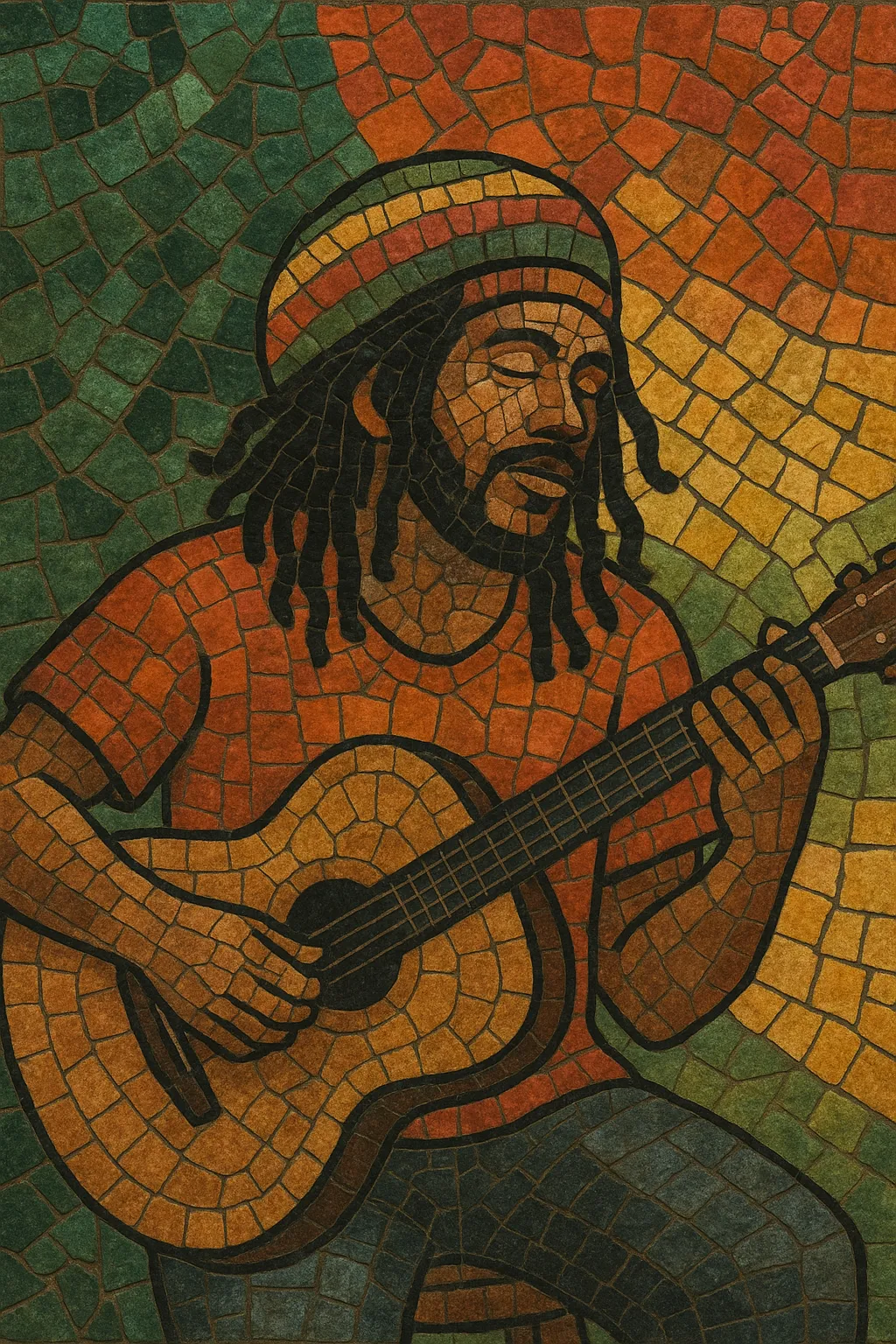Spanish-language reggae (often called "reggae en español") adapts Jamaican reggae and dancehall aesthetics to Spanish lyrics and Latin American cultural contexts.
It spans two complementary currents: roots/reggae bands that sing in Spanish, and the Panamanian dancehall/singjay tradition that placed Spanish toasting over Jamaican riddims. Hallmarks include syncopated one‑drop or steppers drum patterns, a prominent, melodic bassline, offbeat guitar/keyboard "skank," and dub-informed production with space, delay, and spring reverb. Vocals range from soulful crooning to rapid-fire singjay flows, switching fluidly between Spanish and Caribbean slang. Lyrical themes move between social commentary, identity, romance, spirituality, and party vibes.
From local sound systems to global stages, the style became a bridge between Jamaica’s sound system culture and the Latin world—both preserving reggae’s roots spirit and directly feeding the emergence of reggaetón and broader urbano scenes.
The foundations were laid in the 20th century by Caribbean (especially Jamaican) migration to Panama for canal construction and maritime work. Sound system culture, ska, rocksteady, roots reggae, and later dancehall circulated among Afro-Panamanian communities and along Central American trade routes. By the late 1970s, selectors and MCs in Panama City were voicing over imported riddims at neighborhood dances.
In the 1980s, Panamanian artists began to record reggae and dancehall in Spanish, crystalizing “reggae en español.” Pioneers such as Renato, Nando Boom, Chicho Man, and Gringo Man adapted Jamaican singjay and toasting into Spanish, keeping the riddim reuse tradition while infusing local slang, Afro-Latin identity, and social issues. These records circulated through cassettes, radio, and sound systems across Central America and the Caribbean.
The 1990s saw commercial breakthroughs. El General brought Spanish-language dancehall to international charts with hits that blended catchy hooks, Spanish lyrics, and Jamaican riddims. Parallelly, roots/reggae bands in Latin America and Spain (e.g., Los Pericos, Gondwana, Morodo) expanded a Spanish-sung reggae band model focused on albums, live performance, and conscious themes. This decade cemented reggae en español as both club music and band-centered popular music.
Spanish-language reggae diversified. Panamanian acts like Kafu Banton, El Roockie, Aldo Ranks and others developed harder-edged dancehall en español. Meanwhile, bands such as Cultura Profética, Nonpalidece, and Zona Ganjah cultivated deep roots aesthetics. Crucially, the Panamanian dancehall-in-Spanish template directly informed Puerto Rican producers and MCs, catalyzing reggaetón’s rhythmic and vocal DNA.
Spanish-language reggae remains a staple across Latin America and the Spanish-speaking diaspora. Artists continue to oscillate between roots and dancehall modes, collaborate with hip hop and reggaetón, and employ dub and modern production. Streaming and festival circuits have amplified its reach, while its historical role as a precursor to reggaetón and broader urbano latino continues to be acknowledged.


